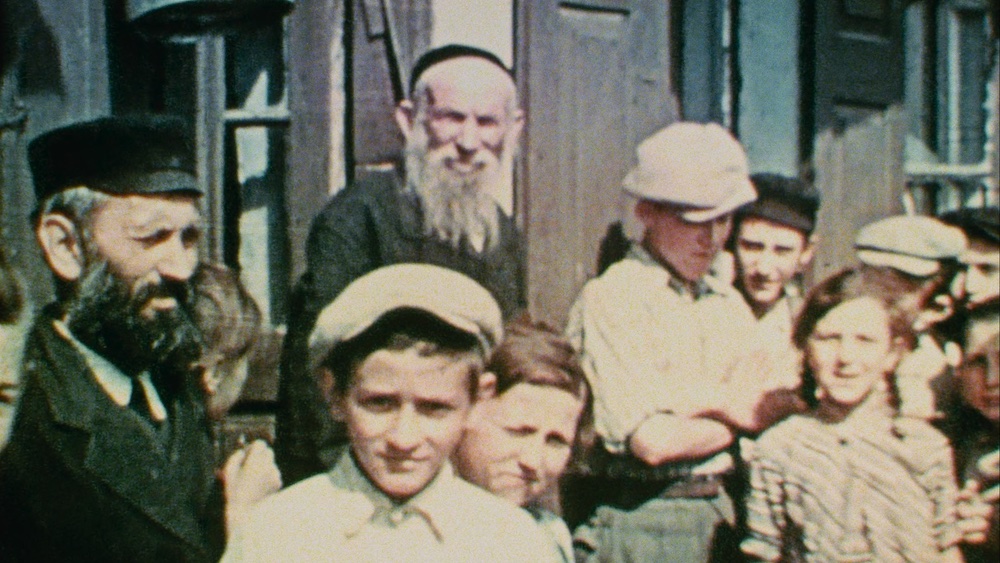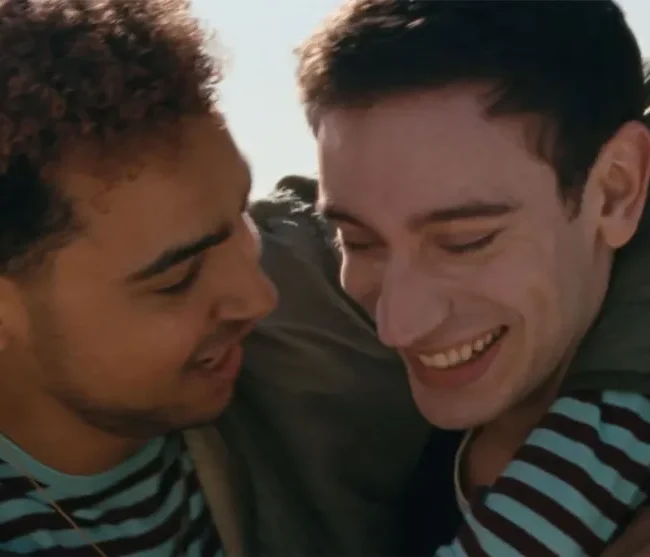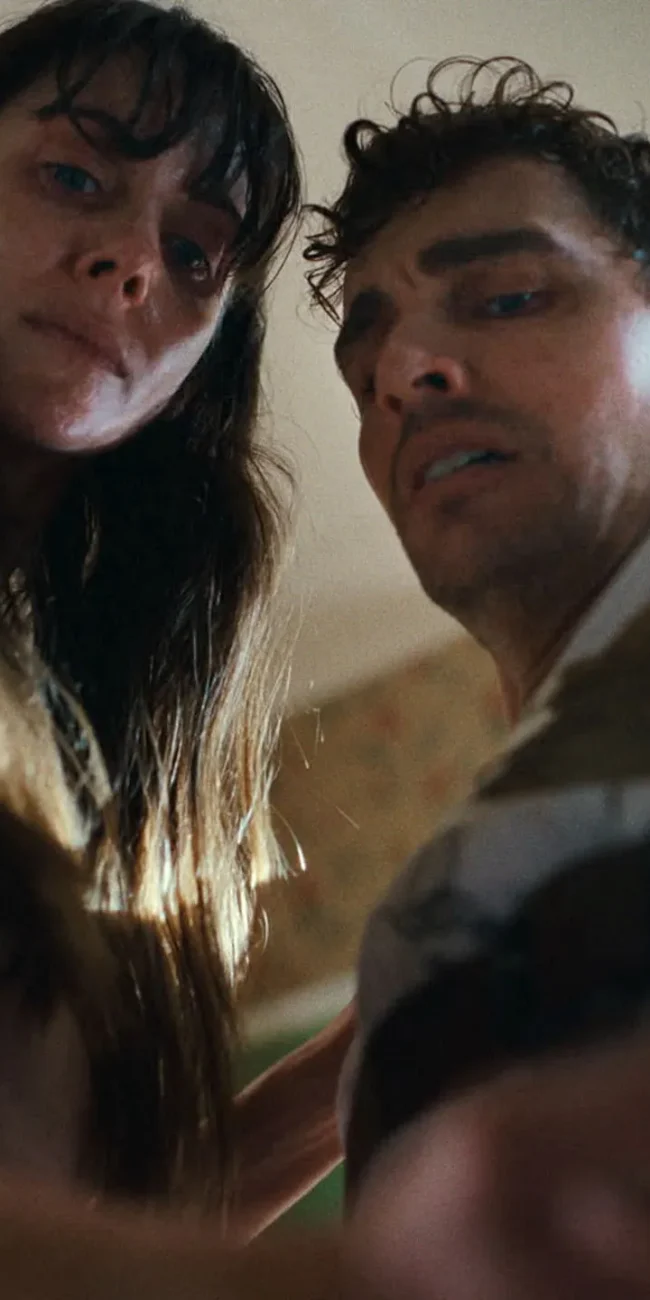THREE MINUTES – A LENGTHENING

(The 2022 Sundance Film Festival runs January 20-30 all virtually. Check out Ray Lobo’s movie review of Three Minutes—A Lengthening. Like what you see here on Hammer to Nail? Why not pay just $1.00 per month via Patreon to help keep us going?)
The Holocaust can be approached in either macro or micro-historical terms. The macro is necessary in order to understand the scale of the crimes committed, the mass murder, the collective suffering. Numbers, however, especially when they climb into the millions, alienate, they blunt the very real suffering of individuals. Director Bianca Stigter’s documentary Three Minutes—A Lengthening is a meditation on the inhabitants of a tiny Polish town whose Jewish residents were eradicated. Though Three Minutes focuses on one town—one of many decimated by the Nazis—it does what every good micro-history should do. It focuses on individuals, humanizes them, and contextualizes the unspeakable horrors that swept through Europe during WWII.
The three minutes in the title refer to a segment in a home movie discovered by Glen Kurtz in a closet in Florida. The amateur home movie was taken by Glen’s grandfather, David Kurtz, in 1938. David Kurtz lived in the US most of his life, made enough money to travel outside the US, and did a “grand tour” of Europe. Kurtz stopped in the usual places—London, Paris, Geneva. At a certain point in the trip, Kurtz decided to record three minutes of footage in the Polish town of Nasielsk. Of the town’s roughly 3000 Jewish inhabitants, fewer than 100 survived.
Stigter’s eye as a documentarian and historian is keen. Stigter understands the value and the power in those three minutes of grainy archival footage. We see adults going about their everyday lives, caught up in their daily affairs, their frustrations, their joys. We see smiling children mesmerized by the novelty of Kurtz’s camera, untainted innocence staring back at us. But us living in a post-Holocaust world know of the imminent danger awaiting those individuals beyond those three minutes of captured footage. A strange thing happens as you watch the townsfolk of Nasielsk. Even though these individuals are present and very alive in the footage, you cannot help but think about their erasure just a few years later. It is as if that moment, those three minutes of innocence, especially in the case of the children, will be unrecoverable.
Three Minutes’ power rests in the details—precisely what an effective micro-history should focus on. We see a plaque bearing the name of a grocer. We see a carved lion on the door of a synagogue. We see the linden trees that were scattered throughout Nasielsk. We make out mezuzahs on doors. We learn from one of the few surviving inhabitants about how the different hats worn by the town’s children gave evidence of their social class. We are informed that Nasielsk was known for its button factory. Detail after detail is extracted from a mere three minutes of footage. And then the narration fills in the other details, the somber ones. We are told about the day the town’s Jews were told to assemble in the town square, how they were whipped, transported out, their final destination Treblinka.
Three Minutes does not aim to answer the big issue, the big question—why? Can anyone give a definitive answer to that question? What Three Minutes does give us is an opportunity to see Holocaust victims as more than mere numbers. Nasielsk’s inhabitants were individuals who were robbed not only of their lives but their dignity. May we not forget that the Other, whether staring back at us from grainy footage or from the clear light of day of our present reality, is worthy of having their dignity respected.
– Ray Lobo (@RayLobo13)
2022 Sundance Film Festival; Bianca Stigter; Three Minutes—A Lengthening documentary movie review











